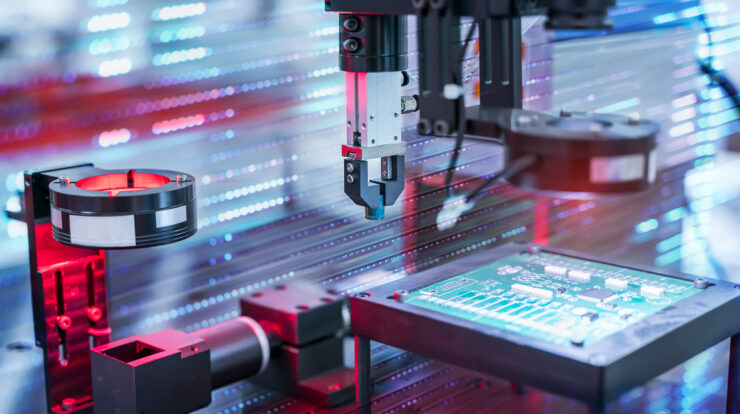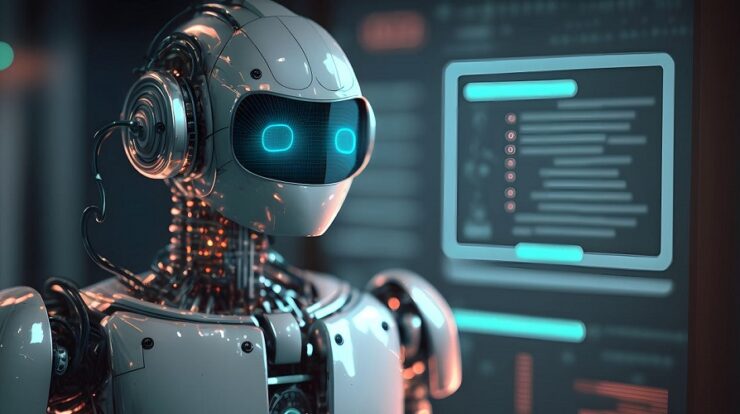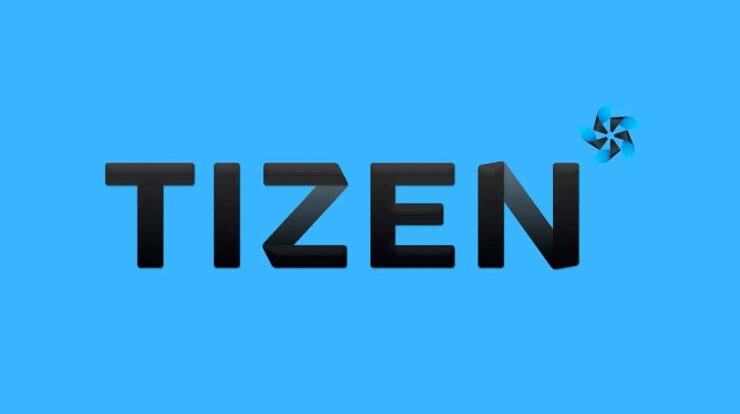
Before starting off, Let’s discuss visual quality inspection in manufacturing.
Simply put, it is the analysis or inspection of goods (produced in production lines) done for quality control. A visual inspection of the products is also an option to understand the proper operation of the various equipment on the shop floor.
Alternatively, every N’th product is taken out for sample inspection, which happens at regular intervals throughout the shift. Remember that automated visual inspection reveals hidden flaws in the product or piece of machinery that sometimes cannot be found by human inspection.
In non-production environments, a visual inspection can be used to ascertain whether the features designated as “target” are present in the “actual” and thereby prevent potential negative impacts. Visual inspection is carried out in production environments for quality assessment of products and equipment.
Due to the potentially high cost of any errors that may occur during inspection—such as injury, loss of expensive equipment, scrapped goods, rework, or a loss of customers—the majority of industries place a very high priority on visual inspection. Automobile parts, airport baggage screening, aircraft maintenance, the food industry, pharmaceuticals, nuclear weapons, and other industries are prioritized for visual inspection.
How does AI help in automating quality inspection?
AI is currently proving to be a game-changer with countless applications in almost every field. It is now making its way into the manufacturing sector, enabling it to harness the power of AI and thereby provide automation that is quicker, more accurate, less expensive, and of higher quality. This article aims to provide readers with a basic understanding of automated visual quality inspection and how using artificial intelligence can save significant time and labor. These automated quality inspection applications typically use deep learning, computer vision, and image processing (all of which are AI components).
Why not just continue with the manual quality inspection?
- As we often say, “old is gold,” one could argue that there are several issues with using old-style manual inspection, as detailed below. Many questions arise in our minds, such as why industries should invest in AI-based automatic quality inspection system development. Can they continue with the manual inspection process by wasting time and money on AI development?
- An experienced quality engineer is required for manual inspections. He evaluates the product being examined and renders a decision using either the training he has received or his prior experience. The only tool used during the inspection process is occasionally the human eye or occasionally measuring instruments.
- Precision measurement is impossible with the human eye, especially at very small scales. Even when comparing two similar objects, the eye might fail to detect slight differences in size. Although the human eye is more technologically sophisticated than any mechanical or electronic camera, it is still susceptible to being duped. While manual inspection is useful, it would be wise to rely solely on it.
- Hiring (multiple) trained individuals keeps manual inspection from being a cheap endeavor.
According to research, error rates for manual visual inspection are typically between 20 and 30 percent. While some flaws result from human error, others are caused by spatial restrictions. Through practice and training, certain errors can be minimized but not entirely removed. !
False positives or false negatives are the two ways that visual inspection mistakes in manufacturing occur: either failing to detect an actual defect (false negative) or identifying an untrue defect. Misses typically happen much more frequently than false alarms. False positives can result in unnecessary production costs and general waste, while misses can result in a loss in quality.
A modern age substitute for visual quality inspection
Using AI, IIoT, and image recognition in manufacturing, automatic visual quality inspection enables manufacturers to improve product quality while significantly lowering the costs associated with scrap and reworks. Moreover, the proper use of AI and the true potential of powerful AI services plays an important role here.
Building intelligent systems that carry out thorough quality checks down to the smallest details is feasible and very doable using Deep Learning and Machine Vision. The process of automating visual inspection only requires a minimal amount of physical equipment, and deep learning makes the process smarter. Steps like image acquisition, preprocessing, feature extraction, classification, etc., are frequently included in this method.
The use of artificial intelligence improves defect detection, resulting in better business outcomes…
- Poor quality products are frequently associated with 10-15% of total operating costs (Forbes, 2018).
- According to 1/3 of manufacturing executives, AI-driven technologies are now essential for increasing customer satisfaction (Forbes, 2018).
- According to McKinsey, “smart factories” powered by AI will produce $3.7 trillion in value by 2025.
However, image quality problems typically present significant inspection challenges because of the variation in a part’s appearance caused by scaling, rotation, and distortion. Machine vision systems alone are unable to detect these differences between visually similar images. In order to perform precise visual inspections that are more complex in nature, deep learning-based systems are well-suited in conjunction with machine vision implementation. In contrast to conventional machine vision, deep learning-based image analysis is capable of conceptualizing and generalizing a part’s appearance at a finer level.
What can we take away from all this?
AI is already changing our daily lives here and now. From Google Image Search to complex industrial systems that ensure product quality, machine vision makes our lives easier in the most mundane and complex tasks. And visual quality inspection tasks may soon be largely machine-based, allowing humans to focus on more complex tasks. There is no doubt that machine vision and deep learning will be an integral part of this industrial revolution, driving global manufacturers to new levels of efficiency and productivity. You and your business will grow and succeed if you stay updated on these highly innovative technologies and leverage them to your advantage.
Author Bio:
Vishnu Narayan is a content writer, working at ThinkPalm Technologies, a software & mobile app development services company focusing on technologies like BigData, IoT, and AI services. He is a passionate writer, a tech enthusiast, and an avid reader who tries to tour the globe with a heart that longs to see more sunsets than Netflix!



